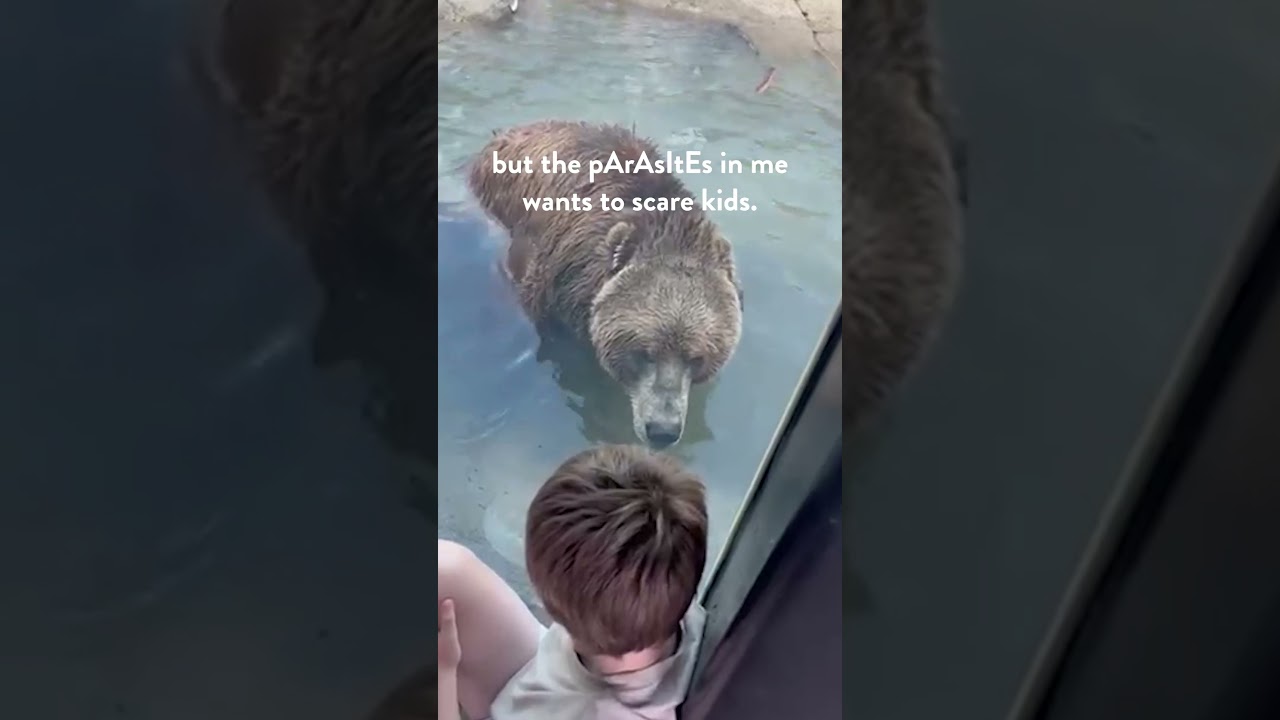– The importance of understanding animal behavior in zoo environments for their welfare and conservation
– How Dodge Scares effectively contribute to public education and awareness about animals
– The role of innovative zoo management strategies in promoting wildlife conservation
Understanding animal behavior is crucial for ensuring their well-being within zoo environments. This understanding aids in creating habitats that replicate animals’ natural surroundings to the highest degree possible, contributing positively to their mental and physical health. In particular, Dodge Scares, a concept involving unpredictability and environmental enrichment techniques, stand out as a significant approach. They not only help in mimicking the challenges animals would face in the wild but also play a vital role in maintaining their instinctual behaviors, which are essential for their well-being.
Applying Dodge Scares in zoo management calls for a deep understanding of different species’ specific needs and natural behaviors. For instance, presenting novel objects or environmental changes triggers curiosity and engages animals in exploration and problem-solving activities. These activities are a form of mental stimulation that prevents boredom and stress, which are common issues in captive animals. Furthermore, incorporating Dodge Scares into daily routines aligns with the best animal welfare practices by promoting physical activity, reducing predictable patterns that lead to stereotypic behaviors, and encouraging natural foraging and hunting behaviors.
In addition to animal welfare, Dodge Scares are essential in public education and awareness. Zoos and wildlife parks are not just about displaying animals; they are pivotal educational platforms that can influence public perceptions and attitudes toward wildlife conservation. By observing animals engaging with Dodge Scares, visitors gain insights into natural behaviors and the complexities of animal lives in the wild. This direct interaction, even through observation, can foster a deeper connection and empathy among zoo visitors towards wildlife, which is fundamental for supporting conservation efforts.
Furthermore, innovative zoo management strategies, including Dodge Scares, underline the evolving role of zoos from mere exhibition spaces to active conservation entities. Modern zoos are increasingly focusing on their potential to contribute to the conservation of endangered species through research, breeding programs, and reintroduction efforts. The success of these programs often hinges on the ability of animals to retain their natural behaviors, a goal that Dodge Scares directly facilitates. By ensuring that animals remain well-adapted to potentially return to wild environments, zoos play a direct role in conserving biodiversity.
Integrating Dodge Scares into zoo habitats reflects a broader commitment to advancing wildlife conservation. This approach highlights the dynamic and adaptive nature of zoo management strategies. It emphasizes zoos’ responsibility in educating the public and fostering an environment of respect and care for wildlife. This dual role of animal welfare enhancement and public education exemplifies how modern zoos navigate conservation challenges in an increasingly urbanized world.
In summary, using Dodge Scares in zoos exemplifies a multifaceted approach to animal care, education, and conservation. By simulating natural challenges, these practices improve animal health and behavior, enhancing the zoo experience for both animals and visitors. Additionally, they play a critical role in educating the public about wildlife and the importance of conservation, further solidifying the zoo’s role as a conservation leader in the 21st century. Understanding and implementing Dodge Scares is more than just an enrichment technique; it’s a vital component of contemporary zoo management and wildlife conservation efforts.
*****
Source Description
Dodge will getcha…😈
Thank you for sharing this video, Maddie!
https://www.toledozoo.org/
#toledoohio #toledoohio #zoo #zooanimals #bear #kodiak


